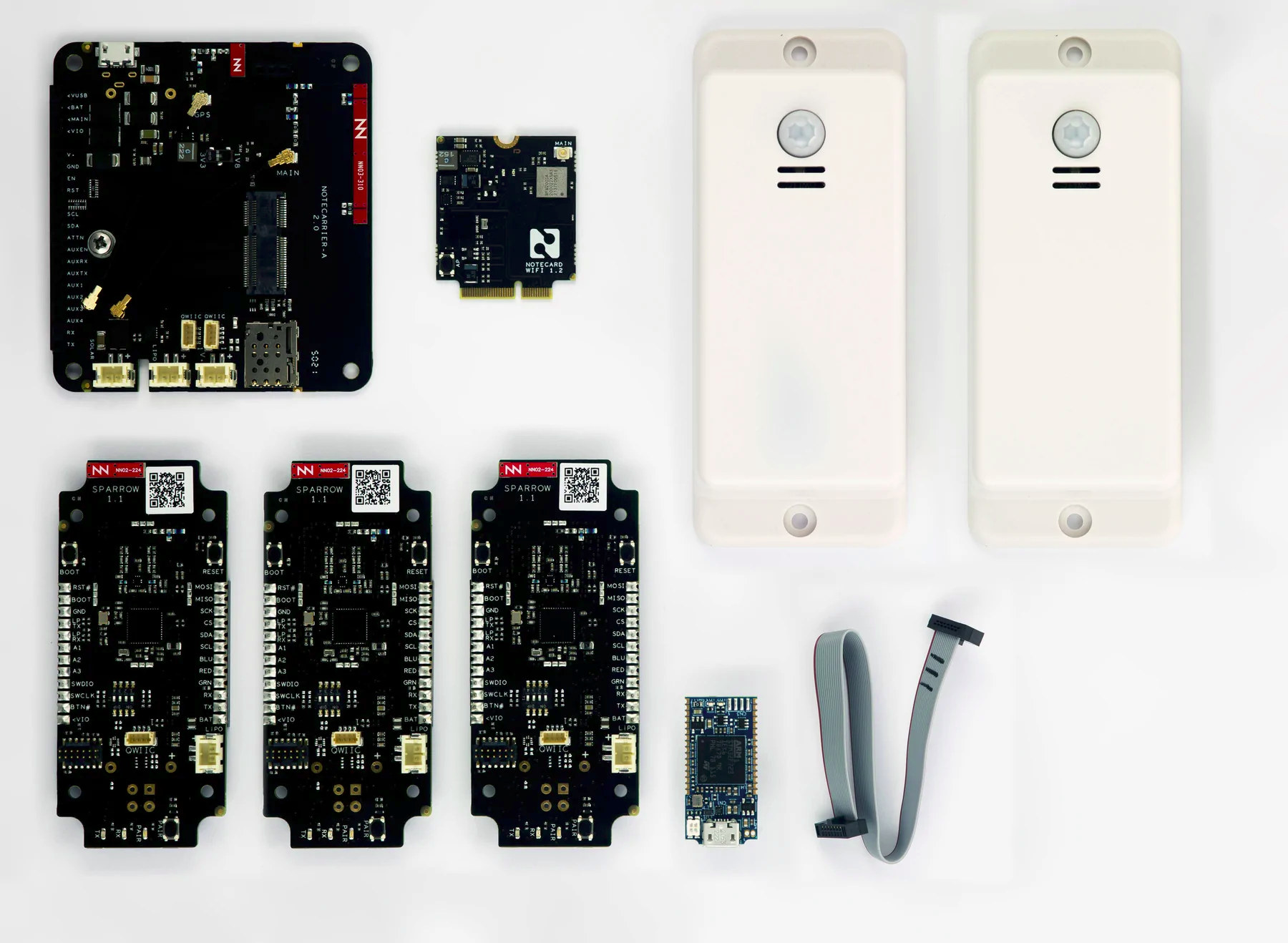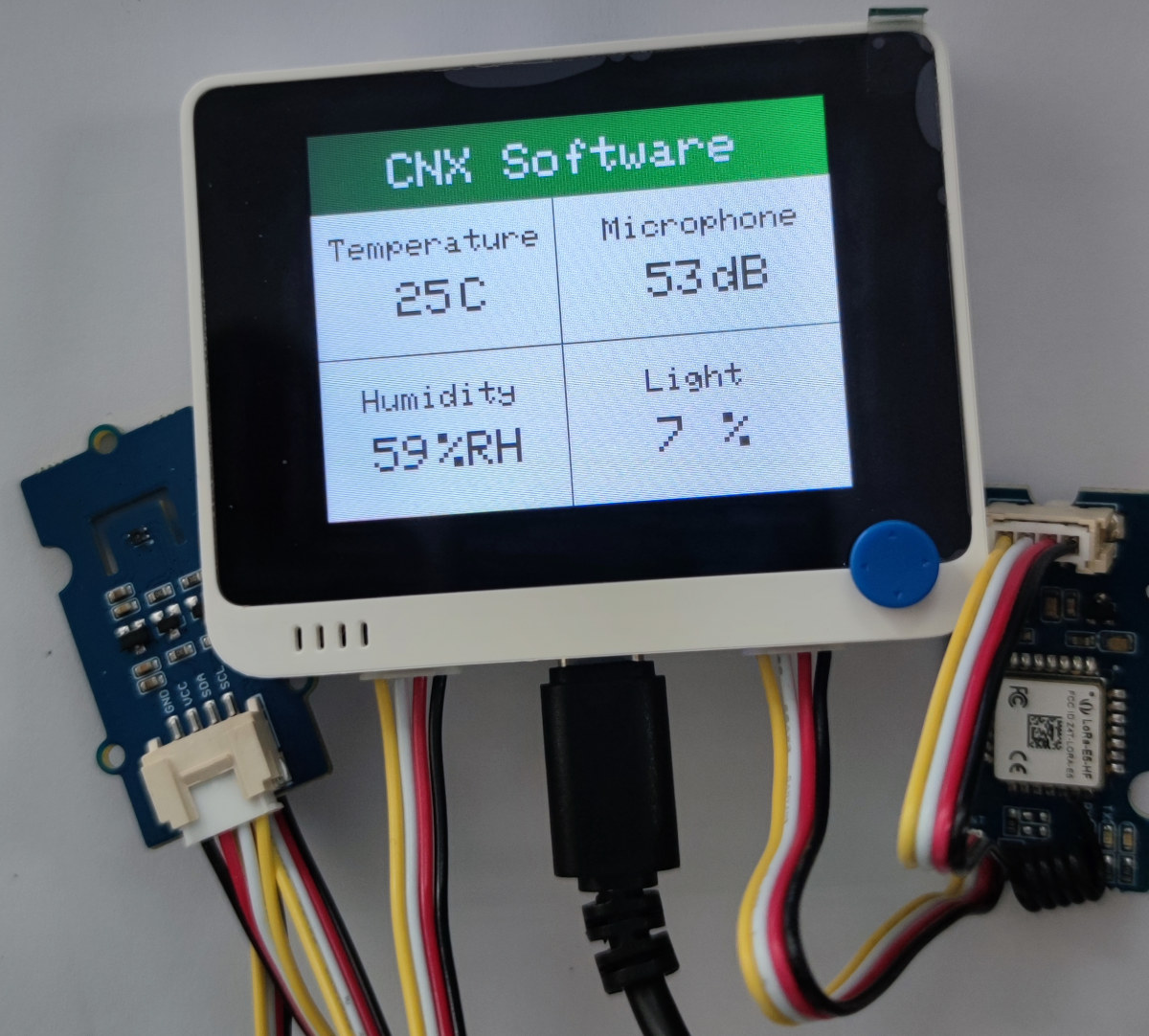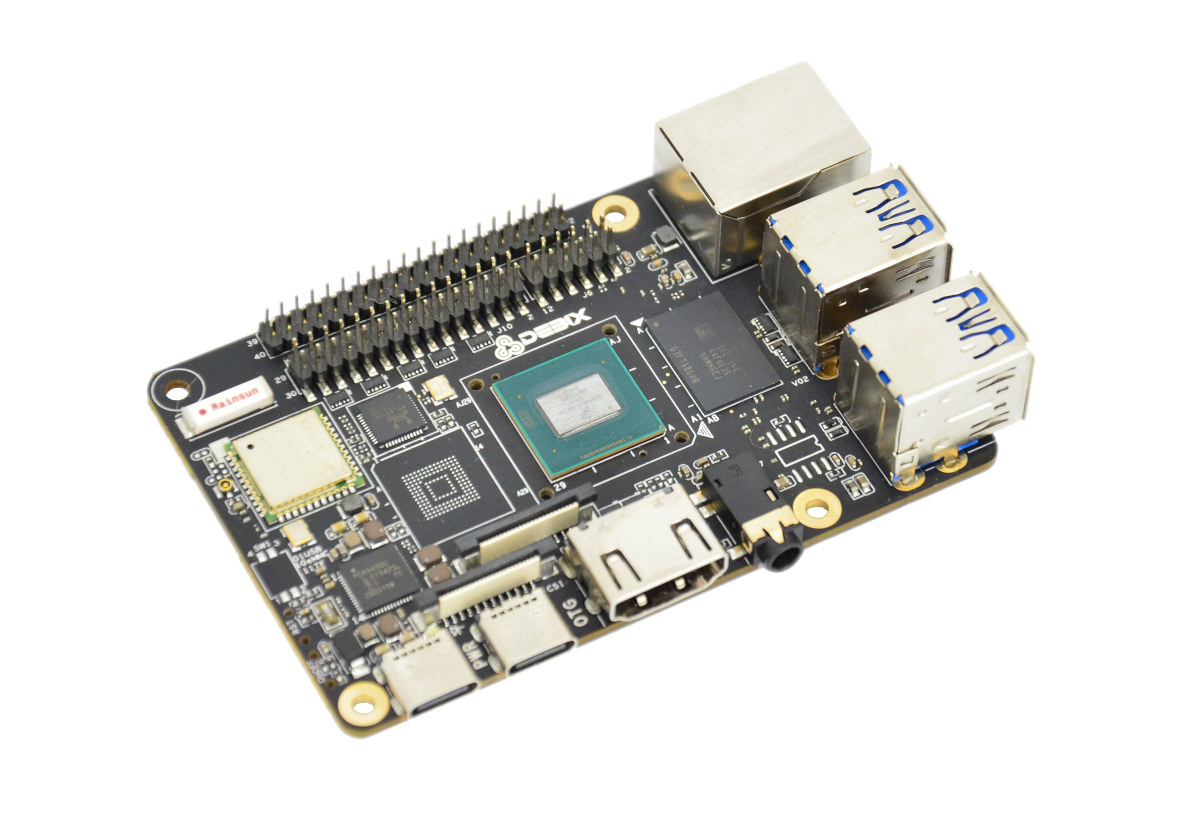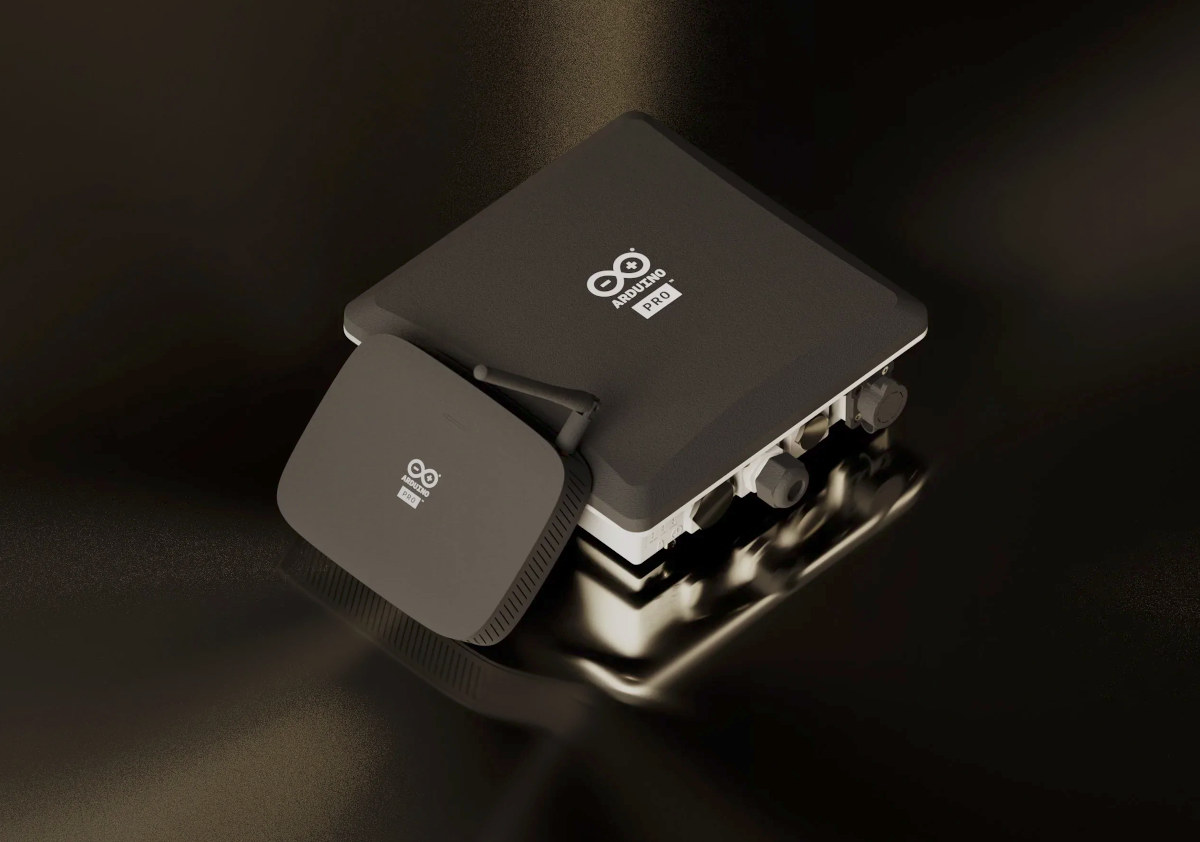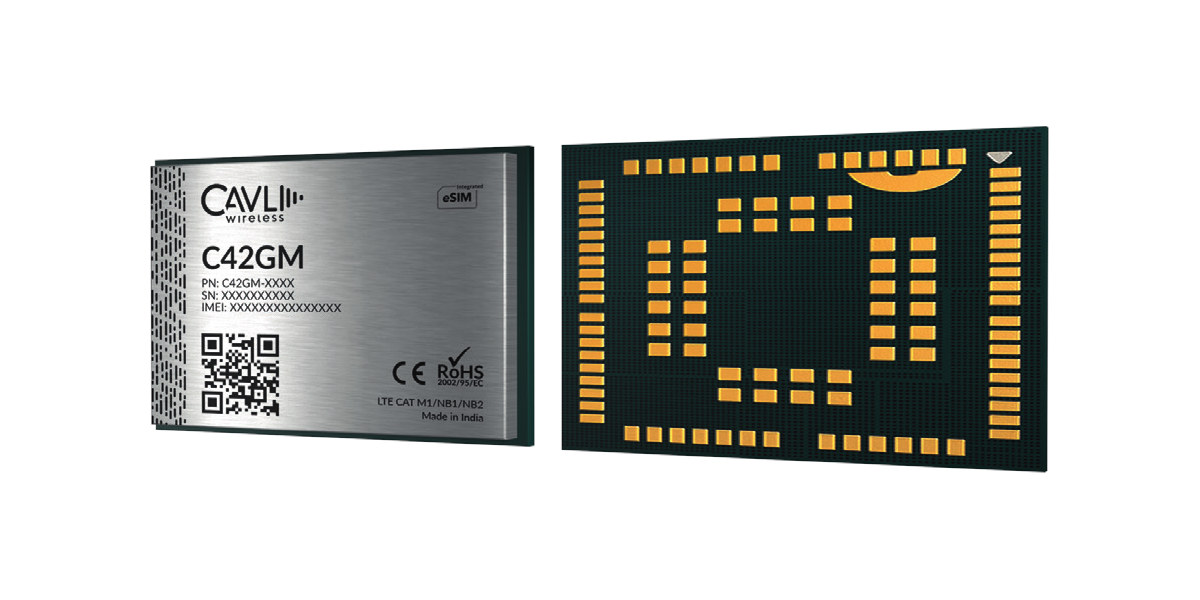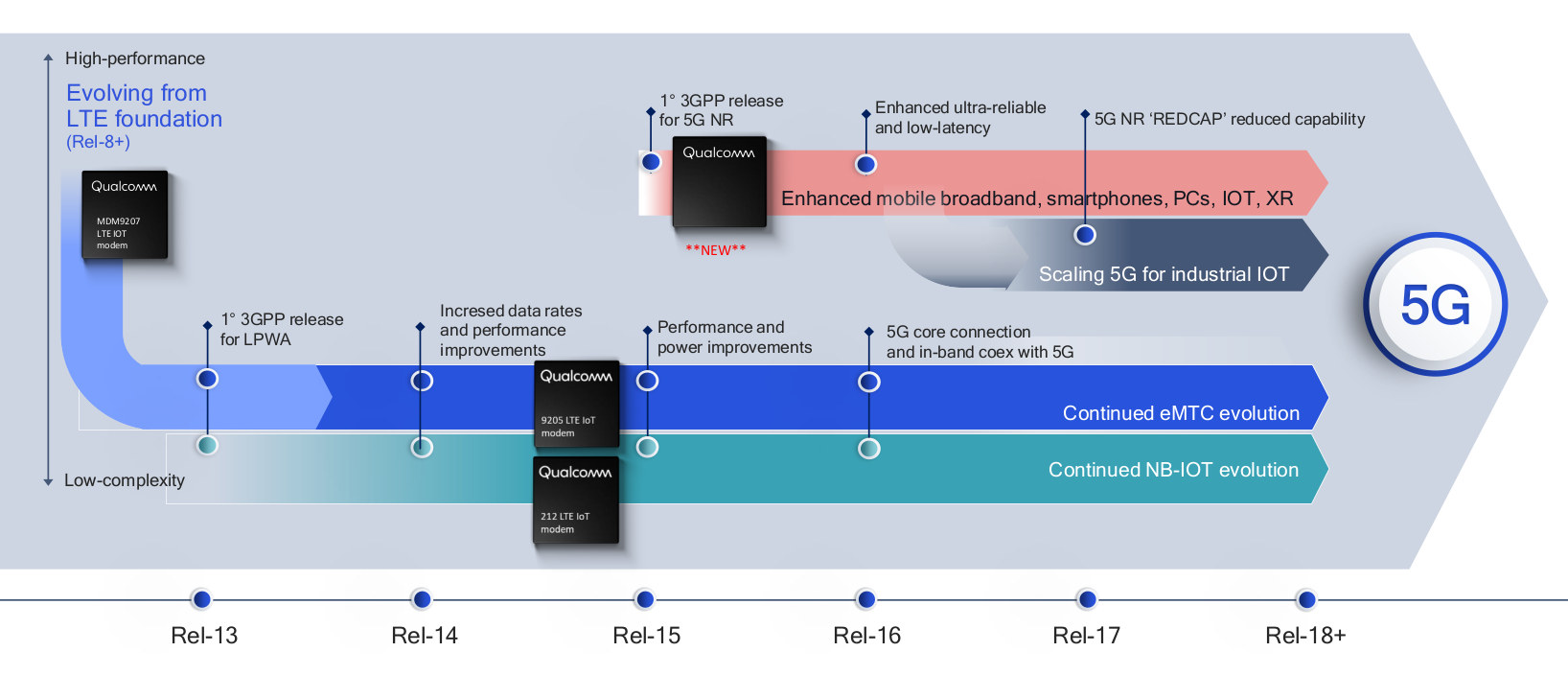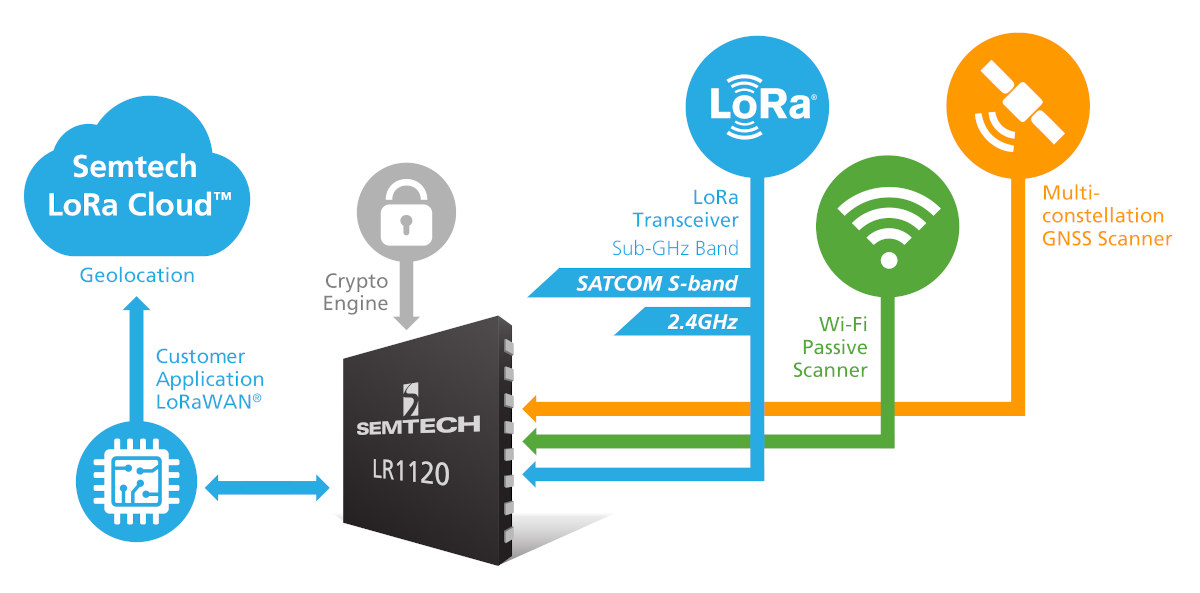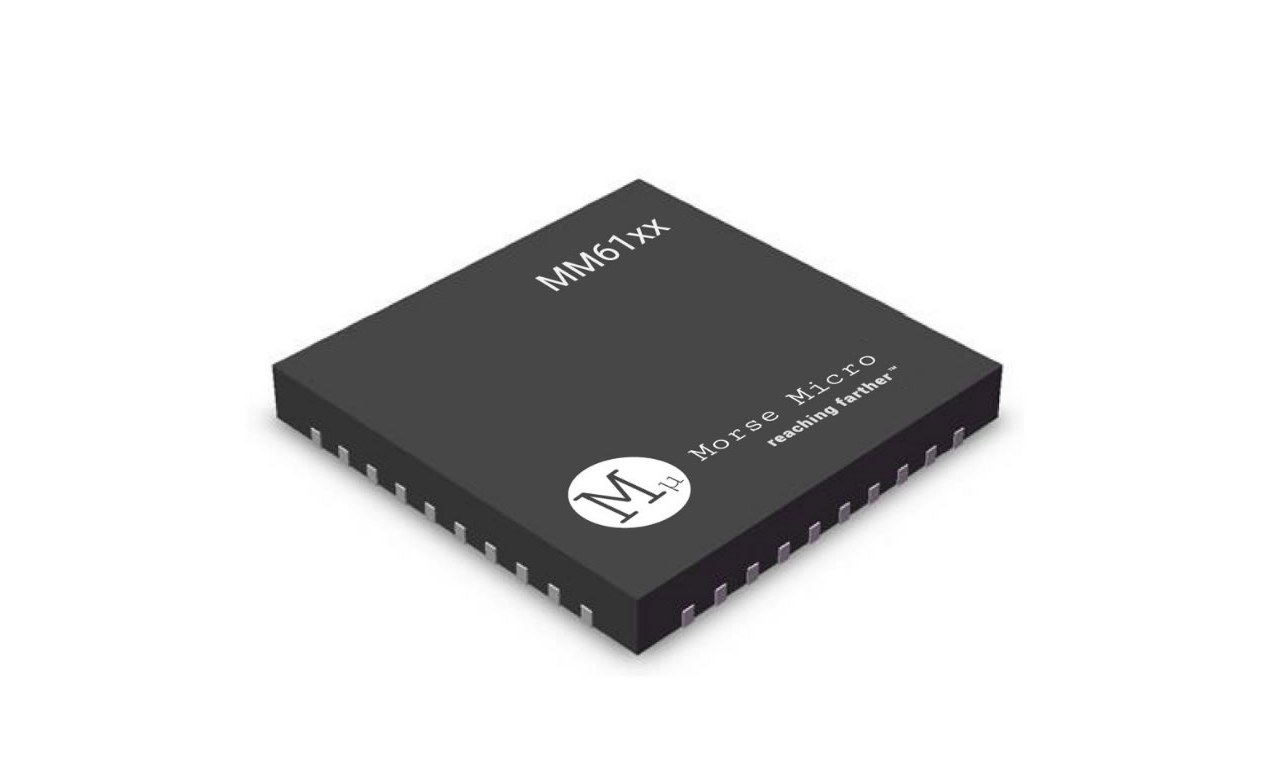Blues Wireless Sparrow is a LoRaWAN solution designed to connect a group of low-cost, low-power device sensors for shared data backhaul to the cloud. It is comprised of STMicro STM32WLE5 LoRa-based sensors whose data is then routed through the company’s Notecard-powered WiFi or cellular gateway and ultimately a cloud app hosted on AWS, Microsoft Azure, or other IoT cloud platforms. The company claims the Notecard and Sparrow solutions ease the development of IoT networks in a way that was previously only available “to sophisticated engineering firms”, and now Blues Wireless supports cellular, WiFi, and LPWAN technologies. Let’s have a look at the “Sparrow Essentials” board specifications first: Wireless SoC – STMicro STM32WLE5+ Arm Cortex-M4F microcontroller @ 48MHz with 256KB Flash, 64KB of SRAM, Semtech SX126x LoRa transceiver I/Os Breadboard compatible 2.54mm headers with digital and analog I/O, I2C, UART, and SPI Qwiic Connector Debugging – JTAG (SWD capable) debug jack […]
Getting Started with LoRaWAN on SenseCAP K1100 sensor prototype kit (Part 1)
CNXSoft: This getting started guide/review of the SenseCAP K1100 sensor prototype kit is a translation of the original post on CNX Software Thai. The first part of this tutorial describes the kit and shows how to program it with Arduino to get sensor data to a LoRAWAN gateway and display it on Wio Terminal, before processing the data in a private LoRaWAN network using open-source tools such as Grafana. The second part – to be published later – will demonstrate the AI capability of the kit. In the digital era where IoT and big data are more prevalent, a large amount of data is required to be collected through sensors. To enable the digital transformation, SeeedStudio’s SenseCAP K1100 comes with all necessary sensors and equipment including the Wio Terminal, AI Vision Sensor, and a LoRaWAN module. With this plug-and-play platform, makers can easily create DIY sensors for data collection and […]
DEBIX Model A – A Raspberry Pi-inspired NXP i.MX 8M Plus SBC for AI applications
DEBIX Model A is a single board computer powered by an NXP i.MX 8M Plus quad-core Cortex-A53 processor with a 2.3 TOPS AI accelerator in a form factor that combines Raspberry Pi 4 and 3 Model B designs. The SBC comes with up to 6GB RAM, a microSD card slot, an optional eMMC flash of up to 128GB capacity, HDMI 2.0a, LVDS, and MIPI DSI display interfaces, a MIPI CSI camera interface, Gigabit Ethernet and WiFi 5 connectivity, plus a 40-pin GPIO expansion header. DEBIX Model A specifications: SoC – NXP i.MX 8M Plus quad-core Cortex-A53 @ up to 1.6 GHz (industrial) or 1.8 GHz (commercial), with Arm Cortex-M7 @ up to 800 MHz, Vivante GC7000UL 3D GPU, Vivante GC520L 2D GPU, 2.3 TOPS NPU System Memory – 2GB LPDDR4 (4GB/6GB optional) Storage – Default: Micro SD card; optional 8GB, 16GB, 32GB, 64GB, or 128GB eMMC flash Video Output HDMI […]
Arduino “launches” WisGate Edge LoRaWAN gateways in collaboration with RAKwireless
Arduino was already involved in LoRaWAN with its MKR WAN 1300 board, but now the company has started offering Arduino-branded Wisgate Edge Pro and Wisgate Edge Lite 2 LoRaWAN gateways for respectively outdoor and indoor environments as part of the Arduino Pro family. If the names of the gateways seem familiar, it’s because Arduino collaborated with Rakwireless, and is simply using their existing LoRaWAN gateways. As I understand it RAKwireless will provide the hardware and technical support, while Arduino will sell the gateways and other LoRaWAN hardware through its existing customer base, more acting as a distributor. Arduino WisGate Edge Lite 2 indoor gateway specifications: SoC – MediaTek MT7628 MIPS processor @ 580 MHz System Memory – 128MB DDR2 Storage OS on flash SD card for setup and diagnostics, backup, and data logging Connectivity 10/100M Ethernet RJ45 port 2.4 WiFi (802.11b/g/n) with -95 dBm RX sensitivity, 20dBm Tx power; internal […]
Cavli Wireless C42GM module offers cellular IoT and Sigfox connectivity, optional GNSS and CAN Bus
Selecting an LPWAN IoT module usually means selecting a particular LPWAN standard, but Cavli Wireless C42GM global IoT module combines LTE Cat M1 and NB-IoT (NB1/NB2) cellular IoT connectivity with Sigfox for “use cases that need the hybrid LPWAN approach”. The module also comes with optional GNSS for asset tracking and/or time synchronization and there’s also a variant that adds CAN FD wired communication. The C42GM module can also be fitted with an eSIM (embedded SIM) pre-loaded global connectivity. C42GM module specifications: LPWAN Cellular (NB-IoT and eMTC) Bands Supported – LTE Bands: B1/B2/B3/B4/B5/B8/B12/ B13/B18/B19/B20/B25/B26/B28/B66 3GPP Release: LTE 3GPP E-UTRA Release 13 CAT M1/NB1/NB2 (Upgradable to Release 14) Download & Uplink Speed LTE Cat M1 – 1119Kbps (UL), 588Kbps (DL) NB1 – 60Kbps (UL), 20Kbps (DL) NB2 – 158.5Kbps (UL), 127Kbps (DL) Optional eSIM Optional Sigfox GNSS – GPS, GLONASS, Beidou I/Os – 1x USB2.0, 2x UART, 1x USIM, 9x GPIO, […]
5G RedCap leverages 5G features, limits bandwidth to 85Mbps for industrial IoT applications
5G is often associated with Gigabit speeds when found in mobile handsets or connected laptops, while there’s also 5G LPWA for battery-powered IoT devices. 5G RedCap, which stands for Reduced Capability, offers a middle ground for industrial IoT applications that keep some 5G features such as low latency, low power consumption, enhanced security, and network slicing while limiting the bandwidth to around 85 Mbps. 5G RedCap, also called NR Lite, will be part of 3GPP Release 17 scheduled for later in 2022, and further improved in Rel 18 in 2023. It will be first found in applications currently relying on LTE Cat 1 through Cat 4, and can be considered a light version of the 5G standard. An article on Telit says Rel 18 will specifically address the low-power wide-area network (LPWAN) segment currently carried seamlessly (e.g. no hardware changes required) in 5G by LTE-M and NB-IoT. I found out […]
Semtech LR1120 enables global asset tracking with multi-band LoRa, WiFi, and GNSS
Semtech LoRa Edge LR1120 is an ultra-low-power multi-band chip designed for global geolocation and asset tracking applications including direct satellite-connected Internet of Things (IoT) applications in supply chain management and logistics. Not only does the LR1120 features the usual sub-GHz LoRa radio found in most other chips from the company, but also comes with 2.4GHz LoRa and SATCOM S-Band support for satellite, as well as a GNNS radio compatible with GPS and Beidou, and a WiFi radio for indoor positioning (but no WiFi RTT/802.11mc support). Semtech LR1120 key features and specifications: Low-power high-sensitivity LoRa/(G)FSK half-duplex RF transceiver Worldwide ISM frequency bands support in the range 150 – 960MHz (Sub-GHz) and 2.4GHz, as well as 1.9-2.1GHz (S-Band) Low Noise Figure RX front-end High power PA path +22dBm in the Sub-GHz band Up to +11.5dBm in the 2.4GHz band LR-FHSS modulator Integrated PA regulator supply selector to simplify dual power +15/+22dBm with […]
Morse Micro MM6104, MM6108 Wi-Fi HaLow SoCs support up to 32.5 Mbps data rate
Australian company Morse Micro MM6104 and MM6108 Wi-Fi HaLow SoCs should offer some competition to the Newracom NRC chips found in all 802.11ah WiFi HaLow boards and devices released so far. Both MM610x chips have similar features, but the MM6104 SoC supports 1/2/4 MHz channel bandwidth for up to 15 Mbps data rate – just like the Newracom NRC7292 chip – while the more powerful MM6108 can handle a data rate of up to 32.5 Mbps thanks to 1/2/4/8 MHz channel bandwidth. MM6104/MM6108 specifications: Optional 32-bit RISC-V Host Applications Processor (HAP) Single-Chip IEEE802.11ah Wi-Fi HaLow transceiver for low-power, long-reach IoT applications Worldwide Sub-1 GHz frequency bands (850MHz to 950MHz) On-chip power amplifier with support for external PA option MM6104 – 1/2/4 MHz channel bandwidth for up to 15 Mbps data rate (Note: the datasheet reads “single-stream max data rate up to 40 Mbps”, but it appears to be a mistake […]


